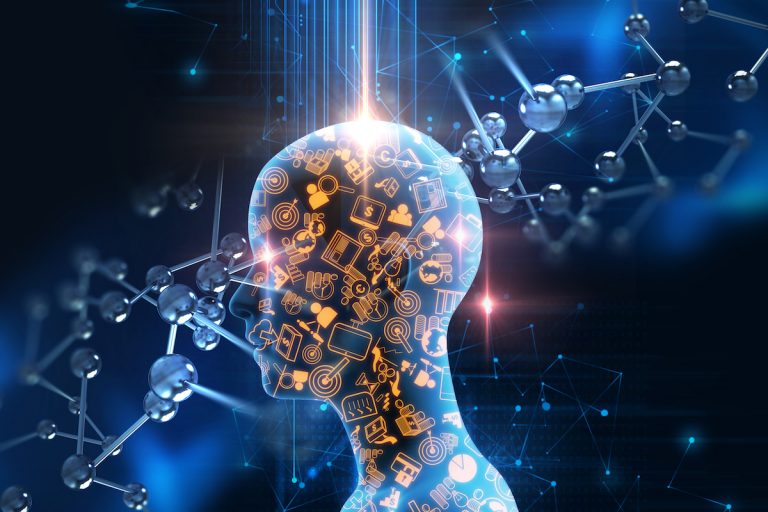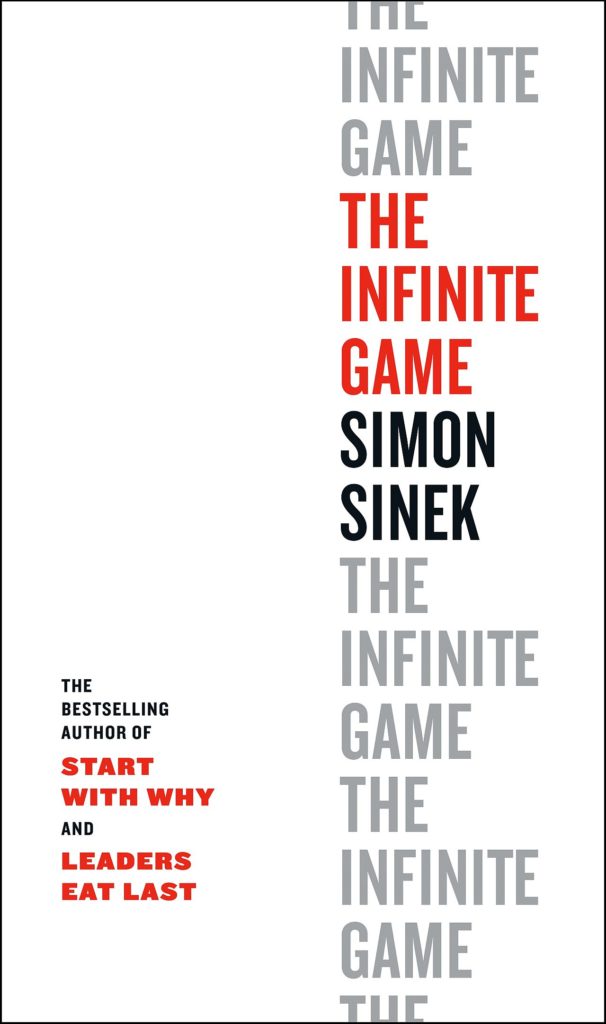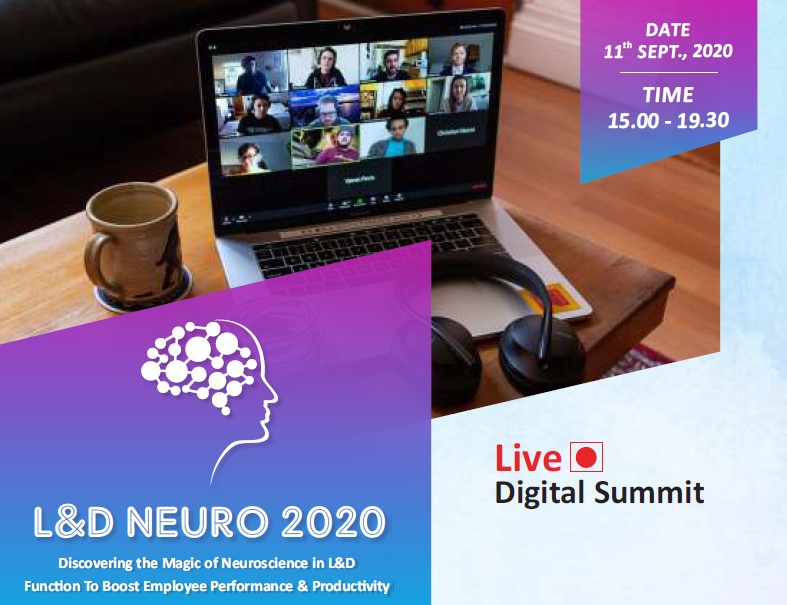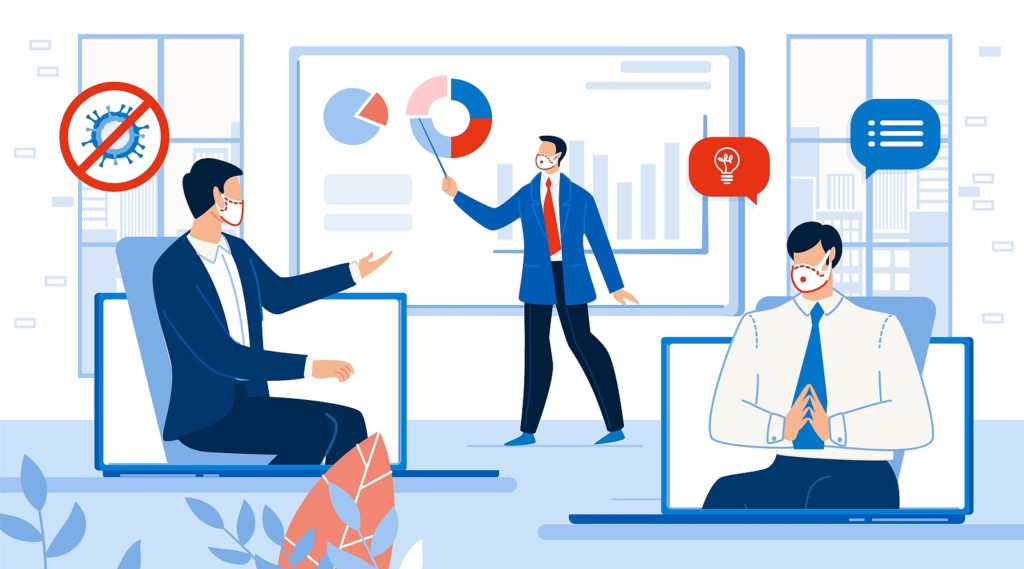Wisdom Blog
Our blog is an extension of our belief in life-long learning and continuous improvement. Here you’ll find best practices, tips and inspiraton to help your organization achieve greatness.
Recent Posts
I have been getting a lot questions recently along the lines of: “How is Sofia different from just giving people documents, e-learnings, an LMS or other technologies?” I just finished reading an interesting book called “Stealing Fire” by Steven Kotler and Jamie Wheal that helps me answer this question. The short answer is that Sofia stimulates what we are calling “flow-in-work.” Sofia stimulates the neural chemistry associated with the extraordinary experiences and performance that people describe and achieve when they are in “flow” (a.k.a., being in a “zone”). No other learning system or technology (perhaps except for VR) is designed to stimulate flow as part of daily work, and flow-in-work is a great experience for people and good for organizational performance.
“Stealing Fire” is a very well researched and written book about individuals and teams achieving peak experience, and through peak experience, peak performance. Part One of the book is an excellent description of the neurochemistry of peak performers such as Seal Team 6 and Google’s best design engineers. The authors report that these and many other examples of individual and teams in flow were awash in 6 neurochemicals: dopamine, endorphins, anandamide, norepinephrine, serotonin and oxytocin. When people are awash in these neurochemicals, they experience STER which is:
• Selflessness – a sense of complete unity with others (and in spiritual terms the universe, god, etc.)
• Timelessness – a loss of the sense of time including a perception of time “slowing”
• Effortlessness – a sense that everything is incredibly easy to do
• Richness – a sense of the extraordinary texture of living
STER is how people describe their experience of being in “flow” which the authors call “ecstasis” (they tend to use flow and ecstasis somewhat interchangeably). The authors go on to show that flow leads to much enhanced creativity, higher order thinking and overall productivity. Part One was excellent and very useful.
However, Parts Two and Three of the book, while also well-researched and written were less useful. Part Two is about various ways to induce flow, and most of them are not practical for organizations. They suggest micro-doses of hallucinogens, great sex, going to Burning Man, intense meditation and extreme sports. They argue that various more benign forms of activities that create STER are emerging and that many organizations are adopting these approaches, but I am skeptical about the utility of these approaches for most organizations. For example, many years ago, we did a leadership development program and the team creating the content suggested that leaders spend one day a month meditating. This idea was accepted in Japan and China but completely rejected in the US and western Europe. Meditation is relatively benign…imagine suggesting some of the other ideas to a corporate leadership team. Part Two while interesting really wasn’t useful.
In Part Three, they go into the dangers of ecstasis and site numerous examples of people getting addicted to the rush of flow and dying from pushing to ever greater extremes. Ecstasis can be great, but it can be dangerous too.
Which brings me back to my original question — How is Sofia different from giving people documents, e-learnings, an LMS or other technologies?
The observable attitudes and behaviors of Sofia users are consistent with the production of four of the six neurochemicals of flow – dopamine, endorphins, serotonin and oxytocin. The Purpose statements and first phase of the program produce physiological responses consistent with dopamine and endorphins. As people interactively work with their Purpose statements, you can see the dopamine hit their brains. Users lean forward, tap the screen and get very excited about their role in creating something extraordinary. Similarly, when learning cohorts jell, you can see the serotonin and oxytocin hit. Users express great support for each other – with many reporting that they form life-long relationships. Although we have not done MRIs and PET scans of the impact of a Sofia program on neurochemistry, Sofia appears to produce the conditions required to put people in states close to or fully in flow, in their work environment. No other work application that we know even has flow as its objective.
But is Sofia flow-in-work safe? Yes, it is safe. Sofia flow-in-work generates a sort of flow “lite” because it stimulates STER but is directly focused on achieving work and is constrained by typical workplace conditions. To achieve Sofia flow-in-work people need substantive time and space to do the hard work required to achieve flow and the extensive support needed to sustain flow when there are constant disruptions. Ideally, flow naturally and easily handles disruption, but most workplaces require constant reinvention of the conditions of flow.
Sofia flow-in-work has enough of the properties of intensive flow to produce many peak experiences and great performance. Many Sofia users report that their experience with Sofia was life changing. The performance numbers are staggering with users showing 90-95% of the idealized, flow-in-work attitudes and behaviors. Because Sofia flow-in-work is delivered through mobile and cloud technology, an organization can achieve flow-in-work, and get all the benefits, with hundreds or thousands of people at once, anywhere, any time.
What would it mean to you to spend most of your workdays in flow? What would it mean to your organization if most of your team lived flow in their work? Read More
Join Our Newsletter
We’re committed to protecting and respecting your privacy. We’ll only use your information in line with the consent you’ve granted and any other lawful basis.

Achieving “Flow” in Work
I have been getting a lot questions recently along the lines of: “How is Sofia different from just giving people documents, e-learnings, an LMS or other technologies?” I just finished reading an interesting book called “Stealing Fire” by Steven Kotler and Jamie Wheal that helps...

Human vs. Artificial Intelligence/Machine Learning
I frequently get asked: “Does your system use artificial intelligence (AI) or machine learning (ML)? As soon as people hear that our technology gives people the same experience as having a great personal mentor, they jump to the conclusion that it must be a form...

Real-time Recording Solves the Manager Visibility Problem
This senior manager said: “Part of the problem with poor performers is that I have so little insight into what my people are doing that I can’t tell if they are OK or screwing up until it is too late – and then I get...

What managers hate!
Poor performers are a problem. Managers universally hate dealing with poor performers and the problems they create. Over the last few weeks I have had several discussions with senior, middle and first-line managers about what bothered them the most. Somewhat to my surprise, what they...

Introducing the Sofia Mobile NeuroMentor™
We have put the entire, high impact Cerebyte user experience – Purpose, Big Steps, Tips and Actions – on Android phones/tablets and iPhones/iPads. It is like having a personal mentor in each person’s pocket. Any situation that would benefit from having a great mentor –...

Infinite vs. Finite Game
I just finished reading Simon Sinek’s new book The Infinite Game. I like this book a lot and think it is better than his previous books though it suffers from some of the same limitations as his other work. It is more a book about...

Cerebyte to deliver keynote at L&D Neuro 2020 Digital Summit
As many of you know, Cerebyte has been intensely focused on integrating three aspects of learning into what is now the Sofia NeuroMentor methodology and technology. The Sofia NeuroMentor merges: What a great mentor does to promote learning and growthHow recent research on the neuroscience...

How to do a technology adoption
One of the impacts of the pandemic is an increased emphasis on using technology for many different functions. The most obvious change is the increased use of the many types of web meetings for discussions. Behind the scenes, there is also an increased emphasis on...

Leading from home during the coronavirus lockdown
Two of my children are in a Covid-19-driven “work-from-home” situation but are expected to continue to lead their teams as though they were still working in their facilities. They both work for major high technology companies (Google and Salesforce.com) and are based in Seattle. These...

